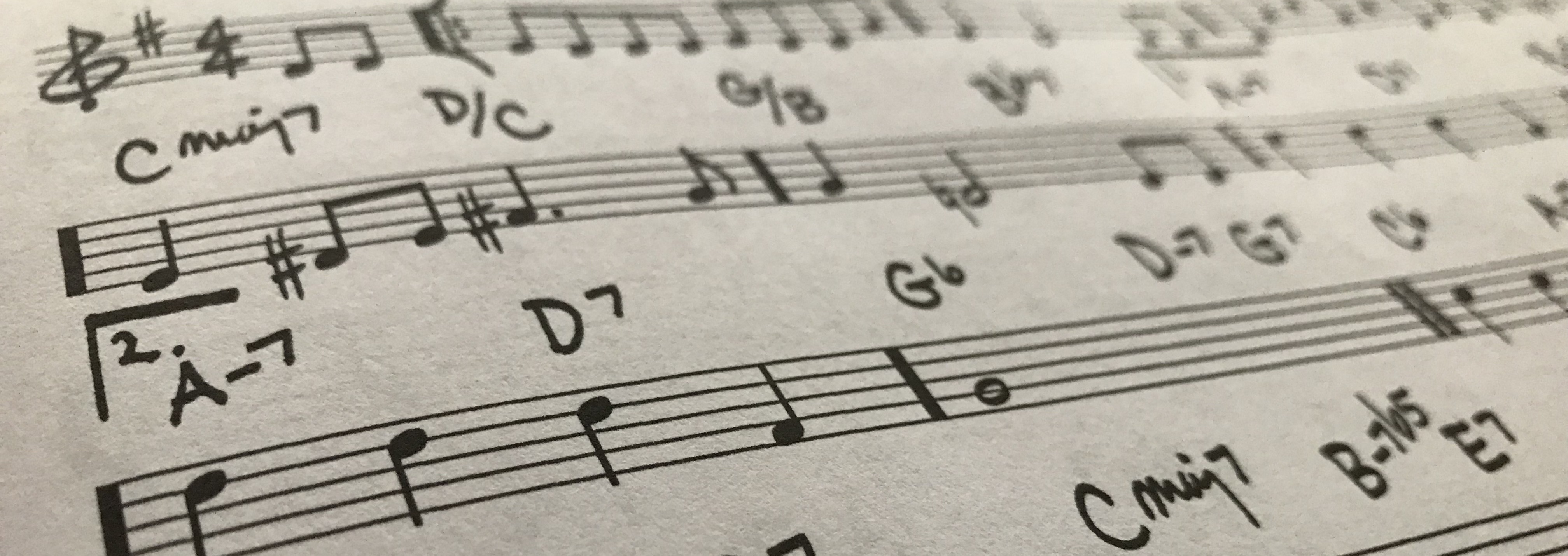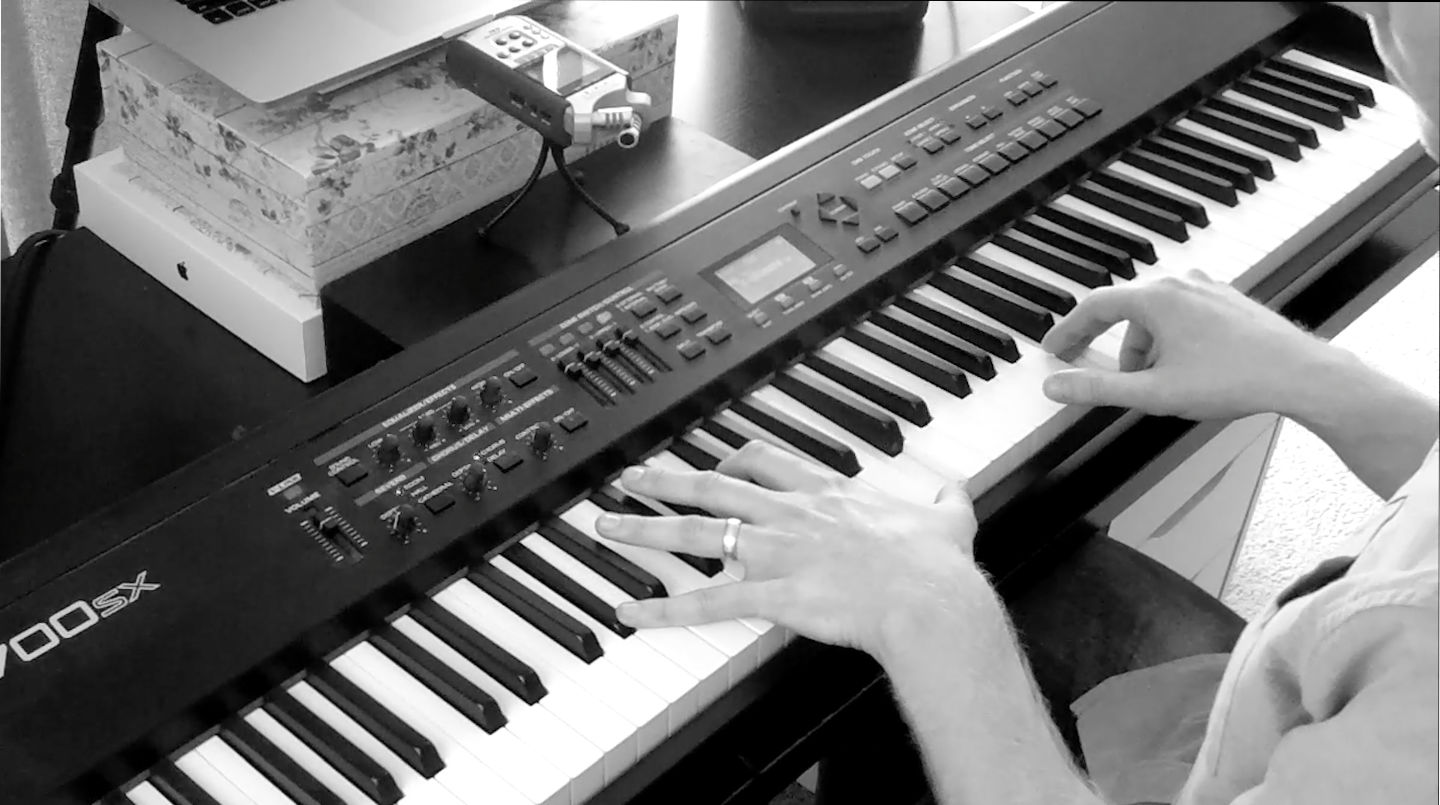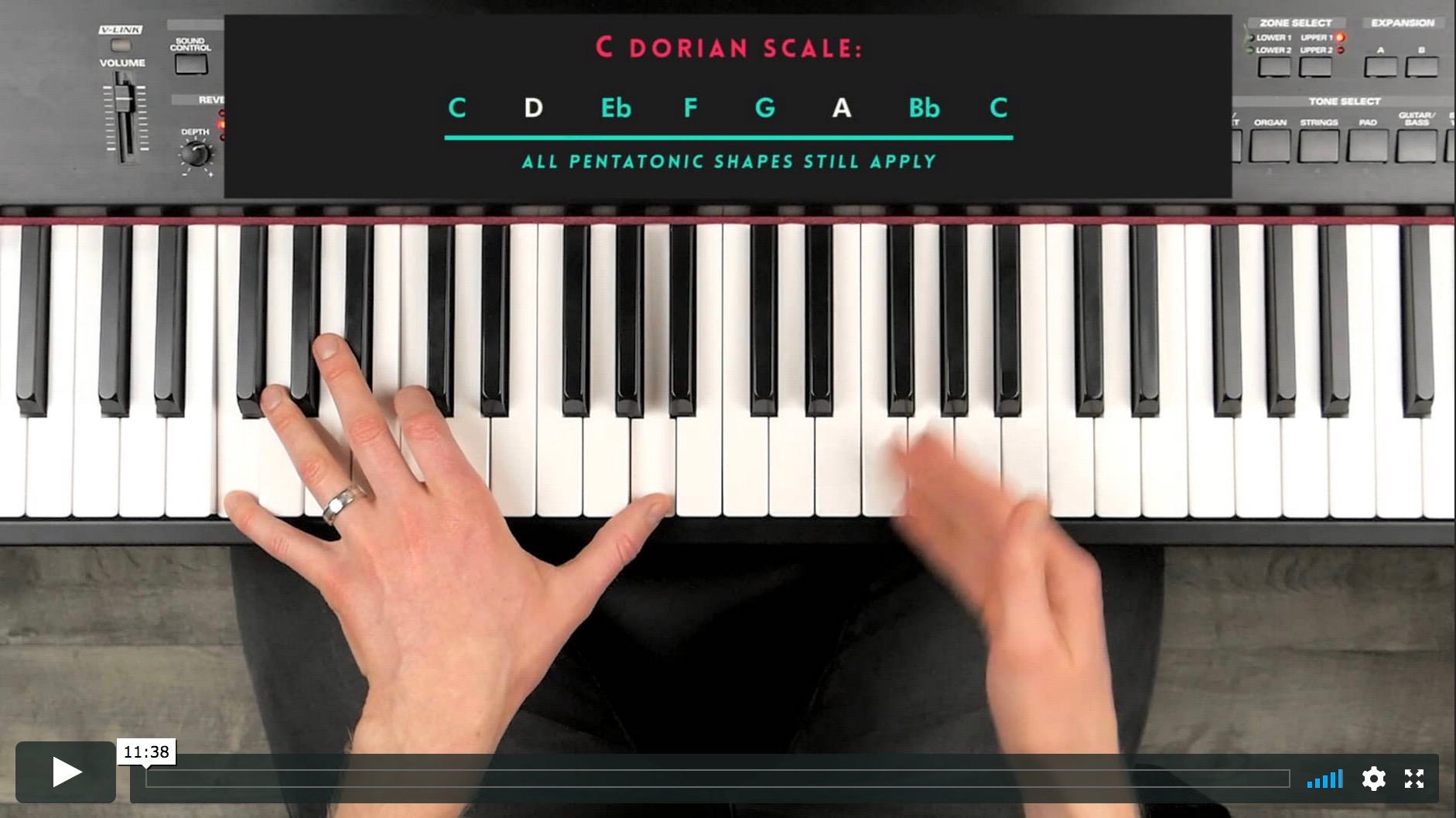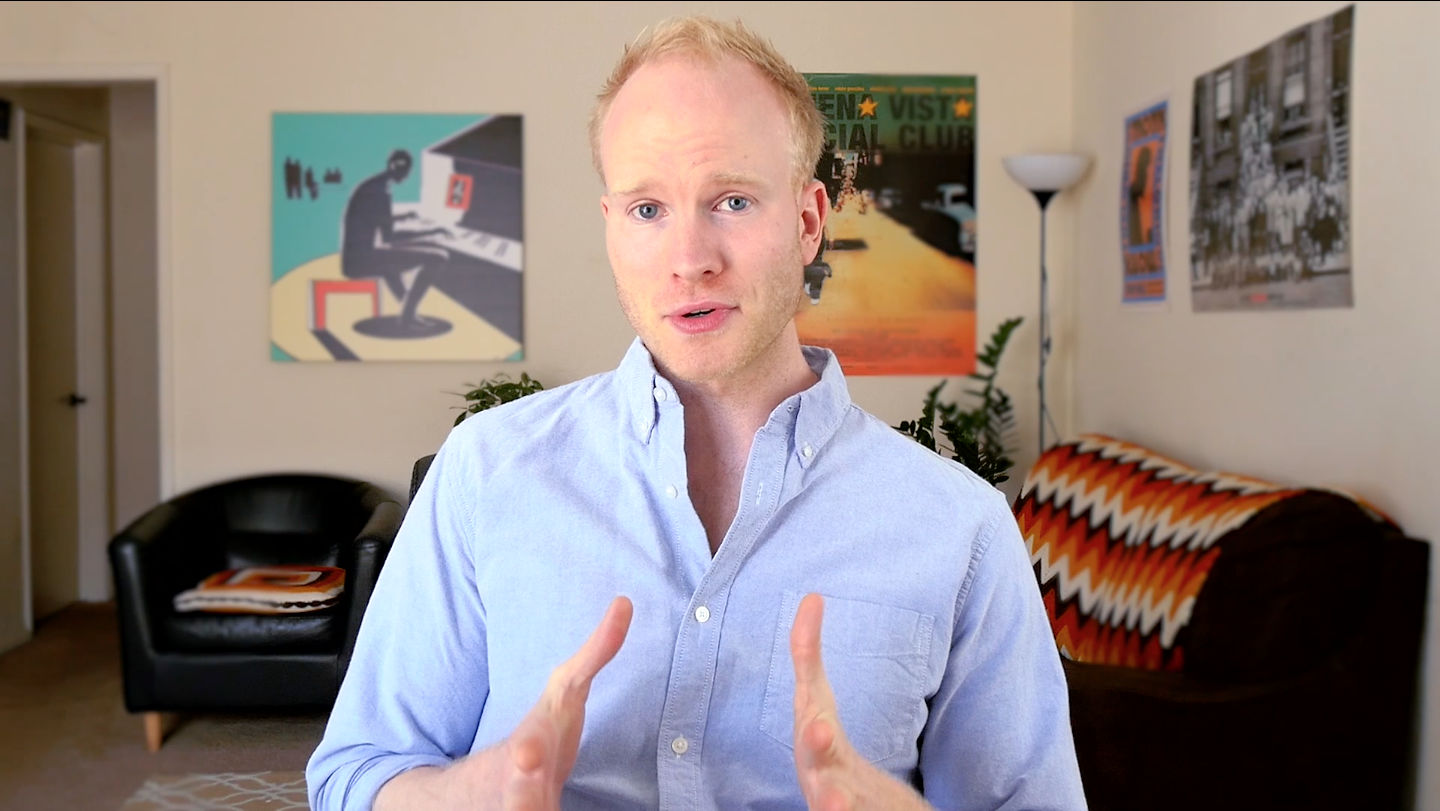VIDEO 3 (of 4) | Interval Recognition
Bonus Challenge
In addition to the piano exercise in this video – see how you do at the traditional version of ‘sight-singing’:
– Open a book of sheet music and find a song that you haven’t heard before.

– Play the first note of the melody (e.g. D).
– Then try to sing the following notes, from sight – without using your instrument.
– When you’ve sung the first few notes – check your answer by playing the melody on your instrument.
To accurately ‘sight-sing’ you have to first identify the intervals between each note on the paper – e.g. D to F is a minor 3rd, F to G is a whole-step, etc. And then you have to recall each interval’s sound, and then sing it.
-
julianbradley
-
julianbradley
-
Judi Freed
-
julianbradley
-
a_tired_dude
-
ZiglioNZ
-
John Strauss
-
adrian ryszka
-
MT Mals
-
a_tired_dude
-
adrian ryszka
-
julianbradley
-
julianbradley
-
julianbradley
-
julianbradley
-
John Strauss
-
julianbradley
-
julianbradley
-
Charles Fournier
-
Francesco Spadola
-
julianbradley
-
Charles Fournier
-
Jane Terry
-
Jeremy Crocker
-
Hiromasa Araki
-
Russell Lechleiter
-
Mike Leffler
-
Louis Thompson
-
Joe Siburt
-
Oliver Warren
-
Michelle
-
Michelle
-
Kevin O’Brien
-
Timothy Georges
-
שיר יצחקי
-
joe chamberlin
-
Jhon David
-
Patrick Weathersby
-
Martin Wedgwood
-
Ak cel
-
Andy May
-
Michael Carrillo
-
Marc Blandel
-
Marc Blandel
-
demian till
-
Ilaria Cherchi
-
Jim_D
-
MysticFlare
-
martin stone
-
Joe Klemke
-
Paul Fiander
-
garry



